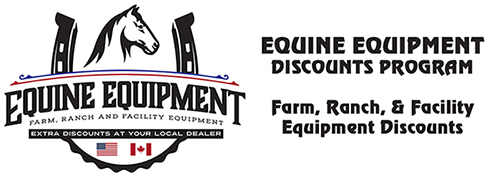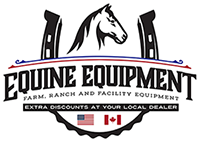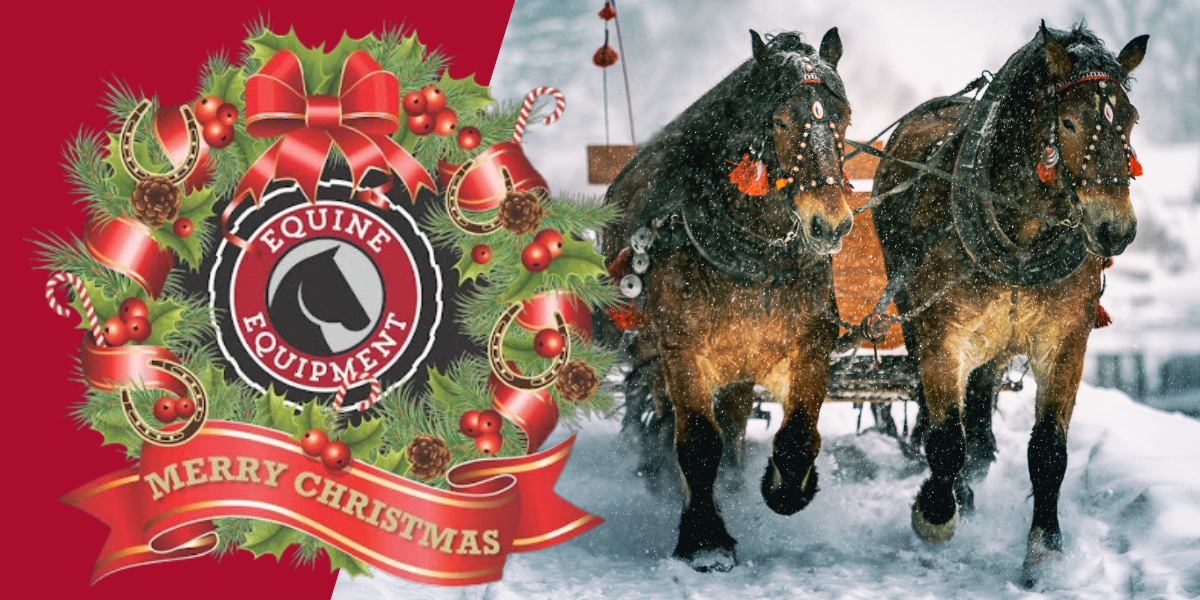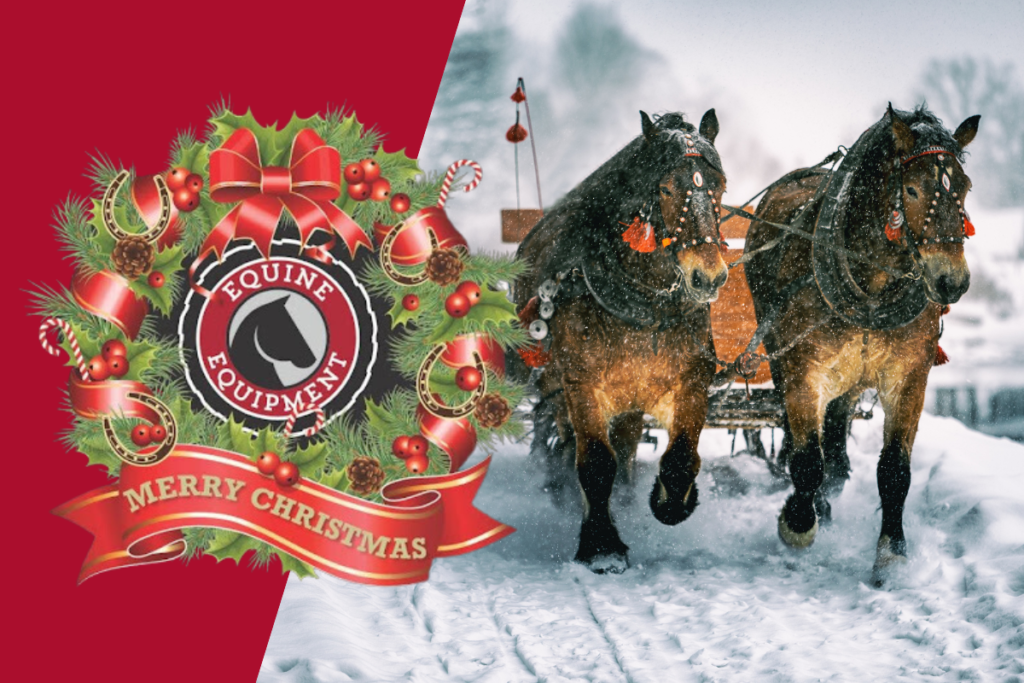
Season’s Greetings!
Equine Equipment is proud to serve the horse community by offering industry-leading mowers and tractors at unbeatable prices. We are dedicated to providing substantial savings to all our customers in the USA and Canada.
As a small business, we rely on referrals, so we kindly ask you to share this newsletter with your friends who can benefit from our discounts.
Our equine incentives on New Holland tractors, hay equipment, and construction offerings are sure to impress. While Exmark remains our best-selling mower brand, it’s also the number-one choice of landscape professionals.
With Christmas around the corner, we want to express our gratitude for your continued support and wish you and your family a wonderful holiday season.
Please do not hesitate to contact us at 877-905-0004 if you have any questions or inquiries.
If you need equipment for any season of the year, we can help you!
Extra Equine Incentives on New Holland Tractors, Hay and Construction Equipment, plus the best Mowers ever, Exmark!
Winter is Here

Here is a list of recommendations for your tractor:
- Keep your tractor engine tuned up for a quick, easy start on the first turn. Keep it protected by a shed or barn. Throw a canvas or other cover over the hood to retain more of the warmth provided by the block heater. In colder climates, invest in an electric plug-in block heater that screws into the side of the engine. Keep it plugged in at night or on a time device for several hours of use before starting the tractor.
- Diesel fuel will not fire until the air in the combustion chamber hits about 800 degrees. Oil that has been kept warm overnight is less sluggish in moving to the bearings, rings, rocker arm shaft, and the vital parts of the engine. Switch to a lighter weight or multiple viscosity engine oil for cold weather operation.
- Keep a good battery fully charged. For tractors used sparingly, use a trickle charger to help keep a battery fully charged. A battery at 32 degrees has only three-quarters the starting power it has at 80 degrees.
- When everything else fails in starting a tractor, use ether sparingly. Make sure the engine is turning over before you inject the fluid. No matter how frustrated you get, never operate the starter for more than 30 seconds at a time. Allow a two-minute starter cool down between tries. When the tractor starts, idle the engine under 1,000 rpm for several minutes. If you open the throttle on a turbocharged engine, the lack of lubrication could cause serious damage.
- A diesel engine’s temperature is as important as oil pressure. Unburned diesel fuel will dilute the oil, which can cause failure of bearings, rings, sleeves, and other components.
- The proper operating temperature for most all tractors is about 180 degrees.
- Check your thermostats in a pan of hot water with a good known temperature thermometer. A 180-degree thermostat should partially open at 180 degrees, not at 160 or 200 degrees.
- No matter how cold it is, once you get a tractor started and warmed up, you’re in business. Cold weather itself offers little challenge to a good basic preventive maintenance program year-round.
It is of utmost importance to make sure you are well-versed on your equipment in case of a breakdown. Make sure to take some time to study your equipment operator’s manual and review their maintenance recommendations heading into the winter season.
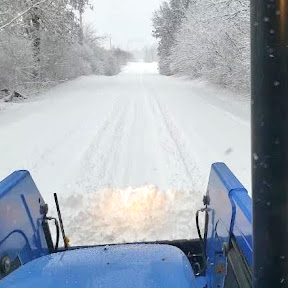
Additional tips for winter usage:
- Change the oil in vehicles, tractors, and small engines. Clean engine oil of the proper grade will reduce internal engine corrosion during storage. Clean or replace air filters, replace fuel filters, and lubricate bearings and joints to maximize the life and efficiency of the machinery.
- Check antifreeze for the correct freezing temperature. Remember that antifreeze, like engine oil, has a limited lifespan. Merely adding more antifreeze may not be enough to fully protect your investment.
- Add fuel stabilizer to fresh fuel in any fuel tanks that will not be emptied within 30 days. Otherwise, ethanol-based fuels will take on moisture and go through phase separation, making the engine hard to start.
- Confirm proper fluid levels in brake, power steering, hydraulic and transmission reservoirs. Make sure lights and windshield wipers work.
- Equipment operators should use proper oils in cold and hot weather.
Winter Hydration
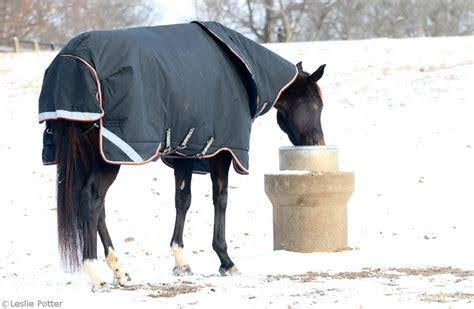
We all know how important water consumption is during the hot days of summer, but did you know that water requirements for your horses can also increase during winter months?
When horses consume the drier winter feeds, which are usually around 15% moisture vs. 60-80% moisture in the pasture, water consumption is especially important. Impaction colic can occur when horses eat too much dry matter and don’t drink enough water.
Horse owners closely watch their horses’ water intake and supply throughout the winter.
Water is necessary for digestion; horses will not utilize their feed properly if they don’t have an adequate water supply. I have seen horses with enough food that are malnourished because they don’t consume enough water to go along with it.”
Tips that can help you keep your horses hydrated through the winter months:
- If you haven’t done it already, consider scheduling a fall wellness exam for your horse with your veterinarian. This is an ideal time to assess and resolve any dental, parasite, or other health issues, as well as booster-specific vaccines if needed.
- Provide plenty of good quality forage for your horse. Digesting forage takes longer and can produce more body heat for horses than grain.
- If a horse has a defective tooth or other serious dental problems, the resulting sensitivity can affect water and feed intake. Severe dental problems may cause horses to avoid cold water and not chew their food properly, both of which can result in colic due to impaction.
- Snow and ice are not adequate water sources. Horses need about 10-12 gallons of water per day. Check water tanks frequently to ensure they are not frozen.
- Ensure your horses know how to drink out of their water trough or heated waterer. Horses that have been watered exclusively out of buckets for an extended period of time are initially apprehensive about drinking from a trough or other outside water source when turned out after a long period of stall housing. It is important, especially if your horse is outside during the winter, to make sure it is drinking enough water.
- Maintain hoof care and grooming through the winter. Ideally, hooves should be picked clean daily and trimmed on a regular schedule. Regular grooming is a good way for owners to detect issues with their horse in the wintertime.
- Finally, find a happy medium with the horse’s environment by balancing adequate shelter with time to move around freely. If horses are locked up inside all winter, the chances of respiratory diseases increase, however, kicking them out on pasture and not paying attention to them isn’t right either. Don’t go too far one way or another on the pendulum.
“I am a huge New Holland fan and purchased mowers through the Equine Equipment program. I saved a lot of money on the best equipment. I highly recommend them.”
– Doug B., New Holland Customer

